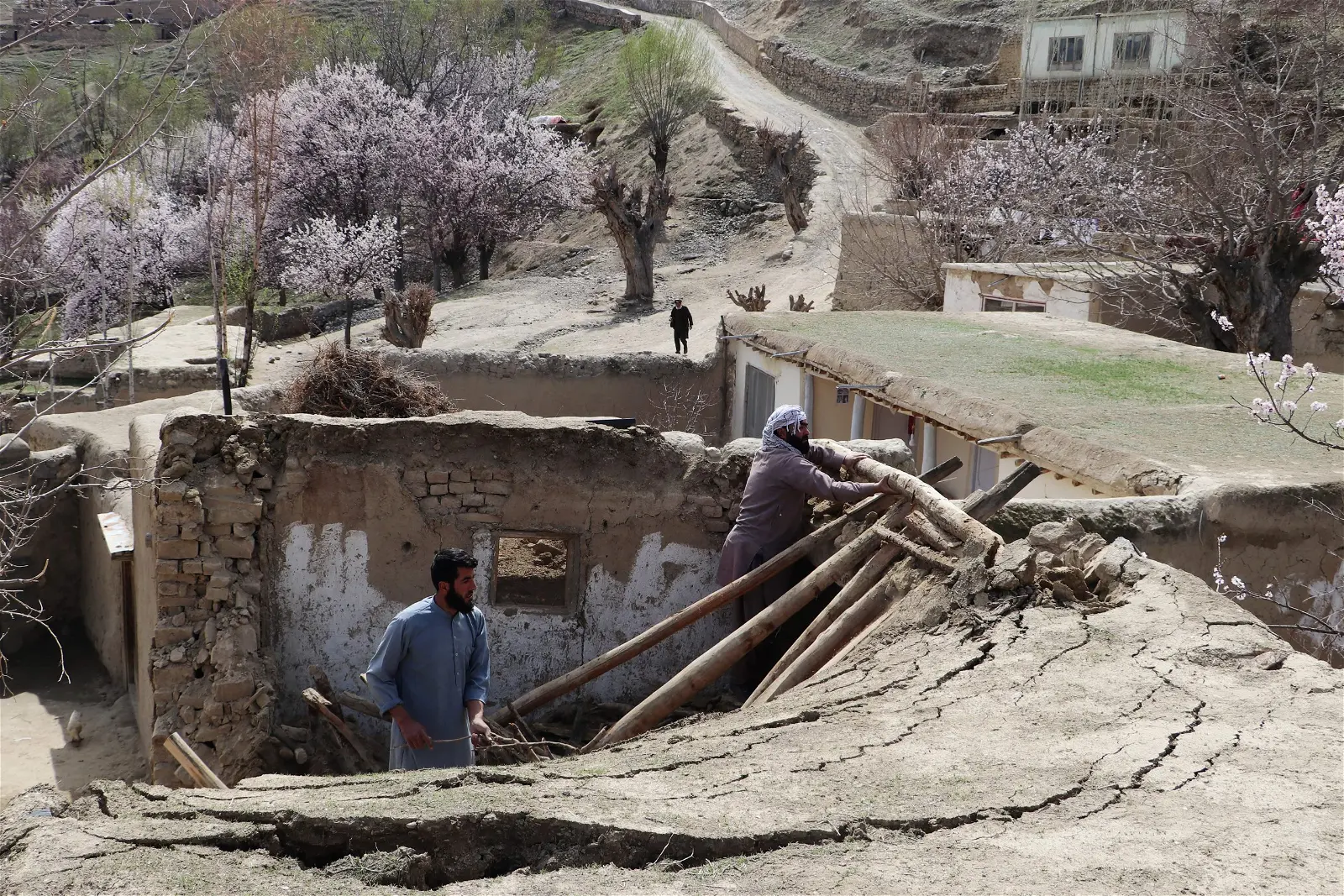A magnitude 6.3 earthquake hit western Afghanistan on Saturday killing 14 and injuring 78, an official said, with predictions the toll could rise after reports of landslides and victims trapped under collapsed buildings.
The United States Geological Survey said the epicentre was 40 kilometres (25 miles) northwest of the region’s largest city of Herat, and was followed by seven aftershocks with magnitudes between 4.6 and 6.3.
Crowds of residents fled buildings in the city at around 11:00 am (0630 GMT) as the quakes began, lasting for over an hour.
“We were in our offices and suddenly the building started shaking,” 45-year-old Herat resident Bashir Ahmad told AFP. “Wall plasters started to fall down and the walls got cracks, some walls and parts of the building collapsed.”
“I am not able to contact my family, network connections are disconnected. I am too worried and scared, it was horrifying,” he said.
Women and children stood out in the wide streets, away from tall buildings, in the moments after the first quake.
Public health director of Herat province Mohammad Taleb Shahid told AFP 14 people were killed and 78 injured, but said he feared the tally would rise.
“These are the numbers that have been brought to the central hospital so far, but this is not the final figure,” he said. “We have information that people are buried under rubble.”
Hundreds of fatalities were possible, according to a USGS preliminary report.
“Significant casualties are likely and the disaster is potentially widespread. Past events with this alert level have required a regional or national level response,” it said.
USGS had earlier reported the first quake’s magnitude as 6.2. It had a shallow depth of just 14 kilometres, it said.
“In the rural and mountainous areas there have been landslides”, disaster management authority spokesman Mullah Jan Sayeq told AFP.
– ‘Disaster potentially widespread’ –
Herat — 120 kilometres east of the border with Iran — is considered the cultural capital of Afghanistan.
It is the capital of Herat province which is home to an estimated population of 1.9 million, according to 2019 World Bank data.
The country is frequently hit by earthquakes, especially in the Hindu Kush mountain range, which lies near the junction of the Eurasian and Indian tectonic plates.
In June last year, more than 1,000 people were killed and tens of thousands left homeless after a 5.9-magnitude quake — the deadliest in Afghanistan in nearly a quarter of a century — struck the impoverished province of Paktika.
In March of this year, 13 people were killed in Afghanistan and Pakistan by a magnitude 6.5 quake, which hit near Jurm in northeastern Afghanistan.
Afghanistan is already in the grip of a grinding humanitarian crisis, following the widespread withdrawal of foreign aid since the Taliban returned to power in 2021.






2 Comments